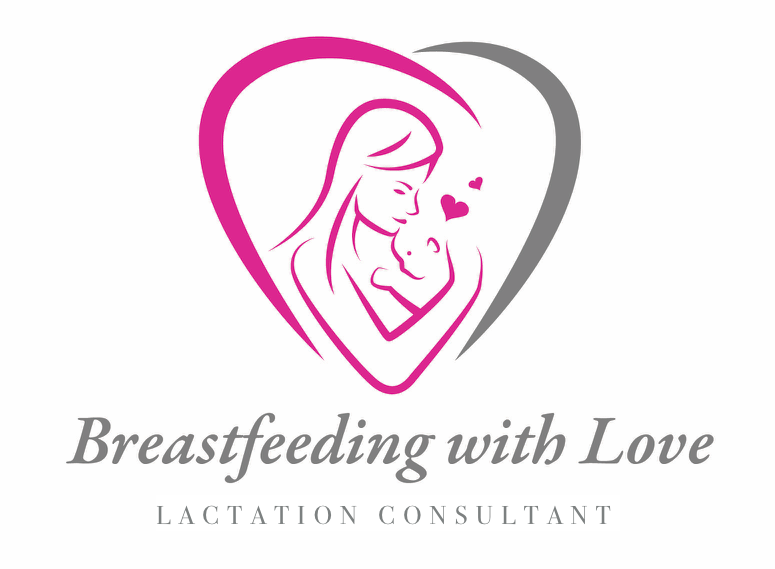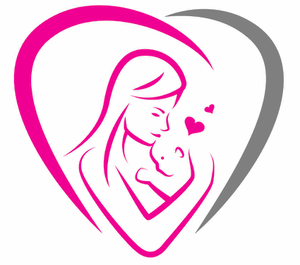Skin to Skin After A Cesarean Section
Skin to skin is an amazing time to bond with your new baby. There are so many benefits for a mom to hold her baby close to her skin. In fact, early skin-to-skin care (also called kangaroo care) is a natural process that involves placing a naked newborn chest down on the mother's bare chest and covering the infant with blankets to keep it dry and warm. Ideally, skin-to-skin care starts immediately afterbirth or shortly after birth, with the baby remaining on the mom's chest untilat least the end of the first breastfeeding session (Moore, Anderson et al. 2012.) Therefore, hospitals need to be well informed of the importance of skin to skin. Early skin to skin can be done right after delivery, as soon as possible or within the first twenty-four hours. If a mom cannot hold her baby rightaway, dad can do skin to skin. Sadly, in the United States, Cesarean births are on the rise. Importantly, the rate of Cesarean births has increased significantly inthe U.S.and currently averages around 32%- or 1.4 million American babies born by Cesarean (Menacker and Hamilton, 2010.) Many of my patients have had Cesarean births. I tell them to breastfeed their baby as soonas possible after delivery. Skin to skin helps babies in somany ways including in their development physically, emotionally, mentally andsocially. In fact, preemie babies benefit in so many ways with skin toskin. There are so many benefits for both mom and baby during skin to skin time.Some of them are: baby blood sugar level stays good, mom gets less engorgement in the first few days, mom is less anxious because she is holding her baby in her arms. Furthermore, the baby cries less. The baby has a better heart rate and temperature level because he is skin to skin with his mom. Sometimes barriers get in the wayand the mom is not able to hold her baby right away.Some barriers may be the mom is too nausea after giving birth. Additionally, mommay have to wait until her anesthesia wears off and she can feel her arms soshe can hold her baby. Her IV, oxygen monitor or heart monitor stickers have to be placed so she can pick up the baby. Routine procedures for the baby such as getting the baby's Apgar score, weighing and checking the babies, may delay skin to skin. One of the main perceived barriers to implementing skin-to-skin care after a C-section is because hypothermia (low temperature) in babies is more common after a C-section. Babies who are born via Cesarean are at higher risk of hypothermia because the operating room temperature is kept quite cold, mothers undergoing a Cesarean may have a lower body temperature, and babies were exposed in utero to drugs that may affect their temperature (Moore, Anderson et al., 2012).Some of these barriers need to be broken and different protocols need to be put into place to allow the family to experience once in a lifetime moment of beginning life holding their baby skin to skin. Hospital policiesusually control whether the baby can be with you in the recovery room. Talk to your nurse and doctor before you go into the operating room and express your wishes to do skin to skin and breastfeed as soon as possible immediately after delivery. In conclusion, skin to skin early on is safe and beneficial. Hopefully, hospitals will see the importance of skin to skin in the first hour and help women who have had a Cesarean hold their baby. It is a great start for both mom andbaby.I hope hospitals around the world will encourage women to do skin to skin after they have had a Cesarean Section. This way, the baby will be in the warm,loving arms of their mom and feel safe, nurtured, protected and loved.

